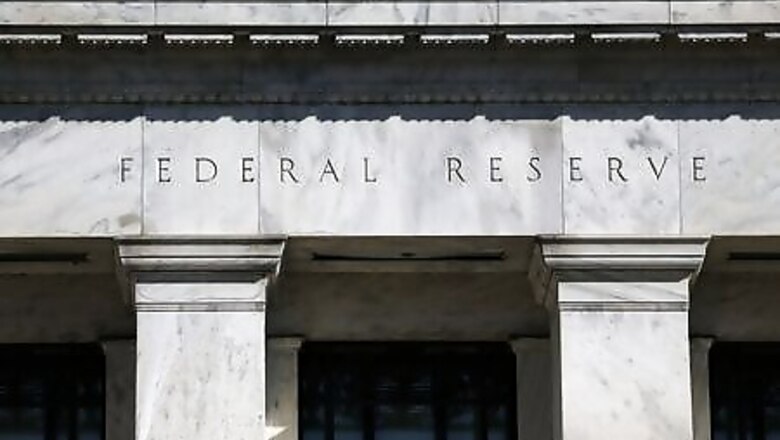
views
CHICAGO The Federal Reserve may shift more of its buying to the long end of the yield curve, analysts say, as the Treasury market braces for a surge in supply to finance relief efforts in the wake of the coronavirus pandemic.
Such a move, which is not expected before the central bank’s September meeting, would avert a potential mismatch in Treasury supply and demand and help stabilize long-end rates. The central bank will conclude its latest monetary policy meeting on Wednesday afternoon.
In March, the U.S. Congress passed the $2.3 trillion CARES Act and the Fed ramped up its Treasury buying. Its purchases have been concentrated on the shorter end of the yield curve, with maturities in the 10-year and longer range accounting for only 22% of the Fed’s Treasury holdings as of last week.
If the Fed does not change the current amount and composition of its purchases in the face of increased supply of Treasuries during the remainder of 2020, “the supply-demand mismatch could pressure long-end rates,” according to TD Securities analysts, who said they expect more Fed buying in the 20- to 30-year maturity range.
“Not only will more traditional (quantitative easing) help stabilize long-end rates, but it will help further compress real yields and widen break-evens,” the analysts said in a recent report.
The Democrat-led U.S. House passed a $3 trillion relief bill in May and Senate Republicans on Monday unveiled a $1 trillion aid package.
Tiffany Wilding, PIMCO’s North American economist, said a doubling of the weighted average duration of Fed purchases would bring more accommodation and more downward pressure on yields.
“Overall, our expectation is that what the Fed takes out the Treasury will basically issue because we are seeing a dramatic increase in Federal government deficits as a result of the various coronavirus stimulus bills,” she added.
Roberto Perli, partner and head of global policy research at Cornerstone Macro, said shifting purchases toward the long end would make sense given that short-term yields “are well anchored by expectations that the funds rate will stay at zero for years.”
“It would make sense to concentrate purchases at the longer end, where rates are less anchored – term premiums would be more responsive, and the Fed could get a greater bang for its buck,” he said.
Disclaimer: This post has been auto-published from an agency feed without any modifications to the text and has not been reviewed by an editor




















Comments
0 comment